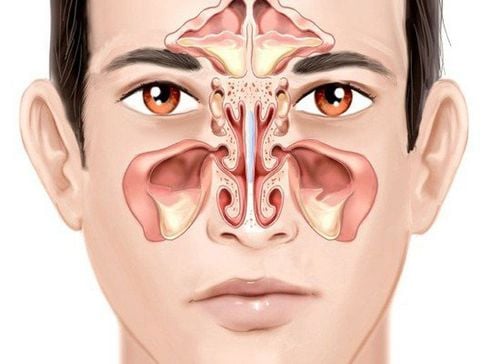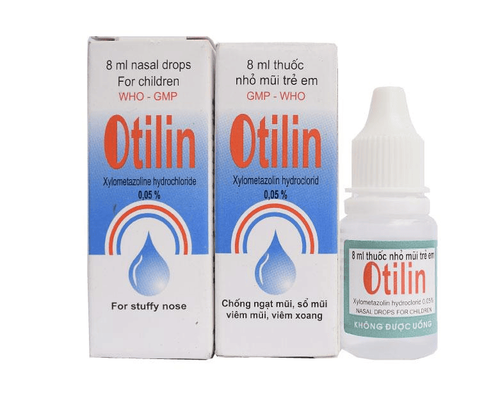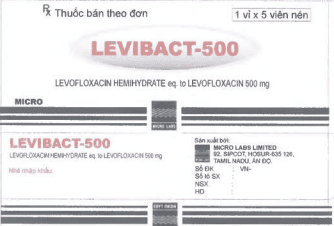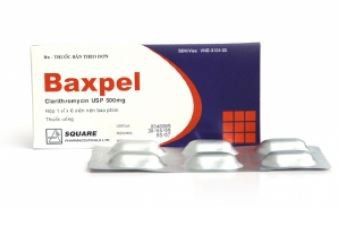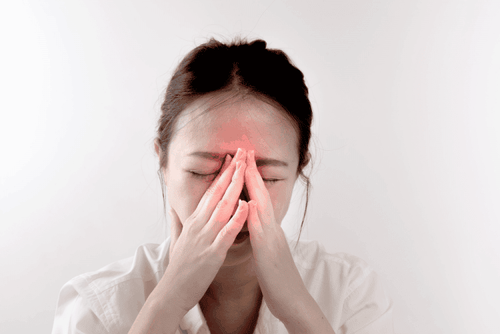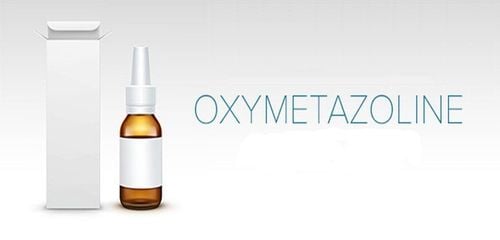This is an automatically translated article.
The article is professionally consulted by Specialist Doctor II Nguyen Van Thai - Doctor of Otolaryngology - Department of Otolaryngology and Head and Neck Surgery - Vinmec Danang International General HospitalA blocked nose and pressure on the cheekbones are often signs of acute rhinosinusitis. Acute sinusitis, also known as acute rhinosinusitis, is a short-term infection/inflammation or inflammation of the lining of the sinuses. This condition prevents mucus from draining out of the nose. One of the methods to support the treatment of the disease is to aspirate sinusitis, to help clear the nasal cavity.
1. What are the signs and symptoms of acute rhinosinusitis?
Common symptoms of acute rhinosinusitis are:Thick, yellow or green discharge running through the nose or back of the throat (postnasal drip). Nasal congestion or congestion, making it difficult to breathe in the nasal passages. Pain, sensitivity, swelling, and increased pressure around the eyes, cheeks, nose, or forehead. Symptoms increase when you bend over. Ear pressure. Headache. Pain in the upper jaw and teeth. Decreased sense of smell and taste. Cough, cough increases at night. Halitosis. Tired. Fever.

2. What medical techniques are used to diagnose acute sinusitis?
Your doctor will feel for increased sensitivity in your nose and face and examine the inside of your nose. Other methods that may be used to diagnose acute sinusitis and rule out other conditions include:Nasonasal endoscopy The doctor inserts a thin, flexible tube (endoscope) with a light thread attached to it. light for a visual inspection of the inside of the sinuses.
Imaging CT or MRI can show details in the sinuses and nasal area. Although not recommended for uncomplicated acute sinusitis, imaging can help identify abnormalities or suspect complications.
Microbiological examination of the nose and sinuses This test is not usually needed to diagnose acute sinusitis. However, when a patient does not respond to treatment and his condition worsens, a bacterial culture helps to determine the cause of the infection.
Allergy testing If your doctor suspects that your acute sinusitis is triggered by an allergy, he or she will order an allergic skin test. A safe and rapid skin test that helps identify allergens that trigger acute sinusitis symptoms.
3. Suctioning nasal sinuses is an effective method of supporting the treatment of acute rhinosinusitis
Nasal drainage is a medical method to help clear the airways. This is one of the methods of using medical instruments to perform aspiration of secretions from the sinuses. Improper aspiration due to sinusitis will sometimes cause consequences such as headache, dizziness, damage to the nasal mucosa, infection, and even make the disease worse.Steps to perform nasal aspiration at home, you can refer to:
Preparation: Nasal aspirator or nasal aspirator, 0.9% NaCl physiological saline, drug combination when aspirating. Position of the patient: Sit or lie down, head tilted 15 degrees. Position of the smoker: Sit facing the patient, 20cm higher than the patient or sit next to the bed on the right hand side, sitting at the shoulder of the patient. Prepare suction line, suction machine, set appropriate suction pressure, prepare nose mask and tissue to stop bleeding if there is a stroke. Steps to do
Step 1: For a hand-held nasal aspirator, gently squeeze the body of the bottle, place the tip inside the nose. Then, release the hand to squeeze the bottle body to aspirate nasal secretions. For vacuum cleaners, it is necessary to read the instructions for use carefully and adjust the suction/pressure accordingly. Step 2: Pump physiological saline into the nose, face up, hold in the nose for about 30 seconds, then lower your head to let the salt water carry the remaining nasal fluid out. Step 3: Use a tissue to dry your nose, rinse your mouth with physiological saline and clean the nasal aspirator. Other methods of cleaning the nose and sinuses:
Sinus irrigation - endoscopic sinus suction: The needle will go through the nasal passage into the sinuses, then physiological saline will be pumped in to push all the inflammatory pus inside the sinuses out and clear sinuses. This is one of the most popular methods today and is very effective in supporting the treatment of sinusitis. Nasal sinus suction under pressure: This method brings medicine into the sinuses, often used for people with chronic sinusitis. The course of treatment includes several times, depending on the patient's condition. Necessary notes:
Keep clean and disinfect the nasal aspirator, as well as hands when performing. Do not abuse nasal suction. In some cases, guidance from a specialist is required. Aspiration of sinuses is only one of the ways to relieve symptoms, but cannot completely cure sinusitis. The risks when done incorrectly can cause pain and damage to the nose. Sinusitis is a common disease in countries with a tropical monsoon climate like ours. When suffering from acute sinusitis, it is necessary to be examined by an ENT doctor and advise on appropriate treatment to avoid progression to chronic sinusitis.
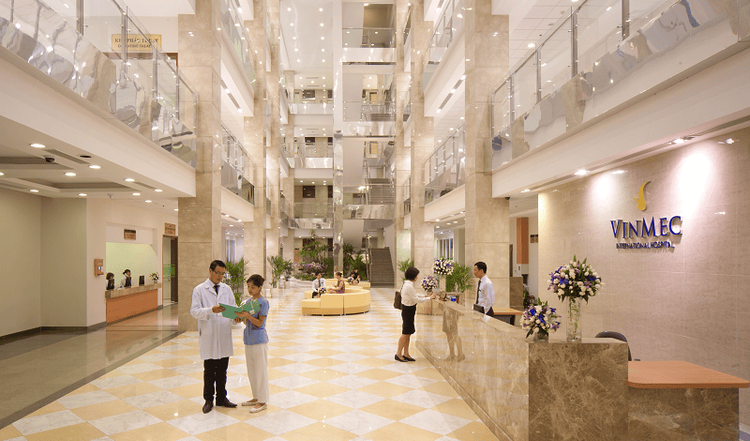
Please dial HOTLINE for more information or register for an appointment HERE. Download MyVinmec app to make appointments faster and to manage your bookings easily.





